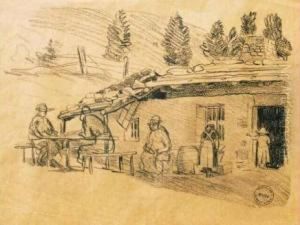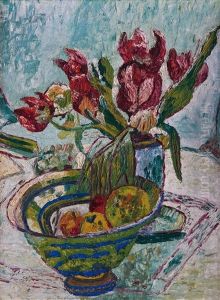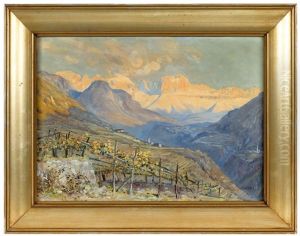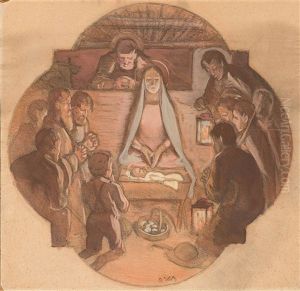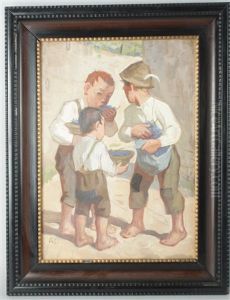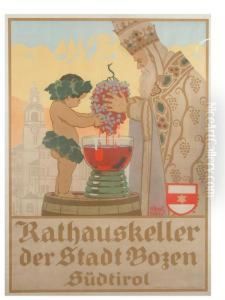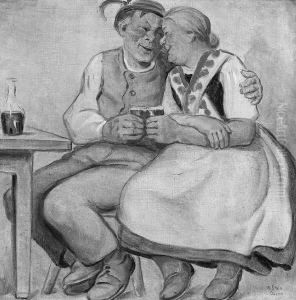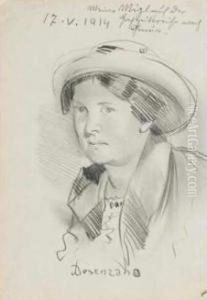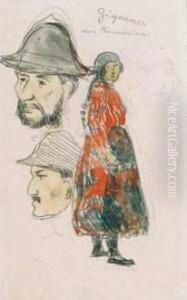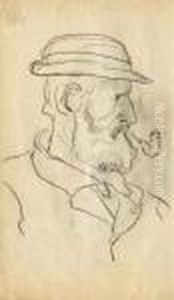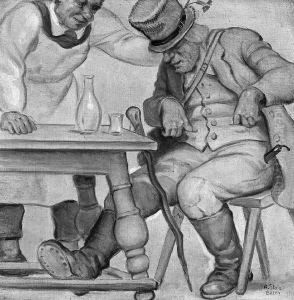Albert Stolz Paintings
Albert Stolz was an Austrian-Italian painter, primarily recognized for his works in portrait painting and religious themes. Born on January 6, 1875, in Innsbruck, Austria, Stolz grew up in a culturally rich environment that nurtured his early interest in art. He pursued his artistic education at the Academy of Fine Arts in Munich, where he was influenced by the academic art movements of the late 19th century. Stolz's style was deeply rooted in the traditional techniques of painting, yet he also showed a keen interest in exploring the emerging trends of his time, particularly those related to the Symbolist movement.
After completing his studies, Stolz settled in Bolzano, which was part of Austria-Hungary at the time and later became part of Italy after World War I. This region's unique cultural and linguistic identity significantly influenced his work, blending Austrian and Italian artistic traditions. Stolz became well-known for his portrait paintings, which often captured the psychological depth and individuality of his subjects. His religious works, characterized by a profound sense of spirituality and meticulous attention to detail, contributed to his reputation as a prominent artist in religious circles.
Throughout his career, Albert Stolz remained engaged with his local community in Bolzano, contributing to the cultural life of the city. He painted numerous works for public and private collections, including churches and civic buildings. Despite the political and social upheavals of the early 20th century, including the transition of his homeland from Austria to Italy, Stolz maintained a focus on his art, adapting to the changing times while staying true to his artistic vision.
Albert Stolz's legacy is preserved in the form of his contributions to the art world, particularly in the regions of Austria and Italy, where he is celebrated as a key figure in the transition period between traditional and modern art movements. He passed away on November 3, 1947, in Bolzano, leaving behind a body of work that continues to be admired for its emotional depth, technical precision, and cultural significance.
